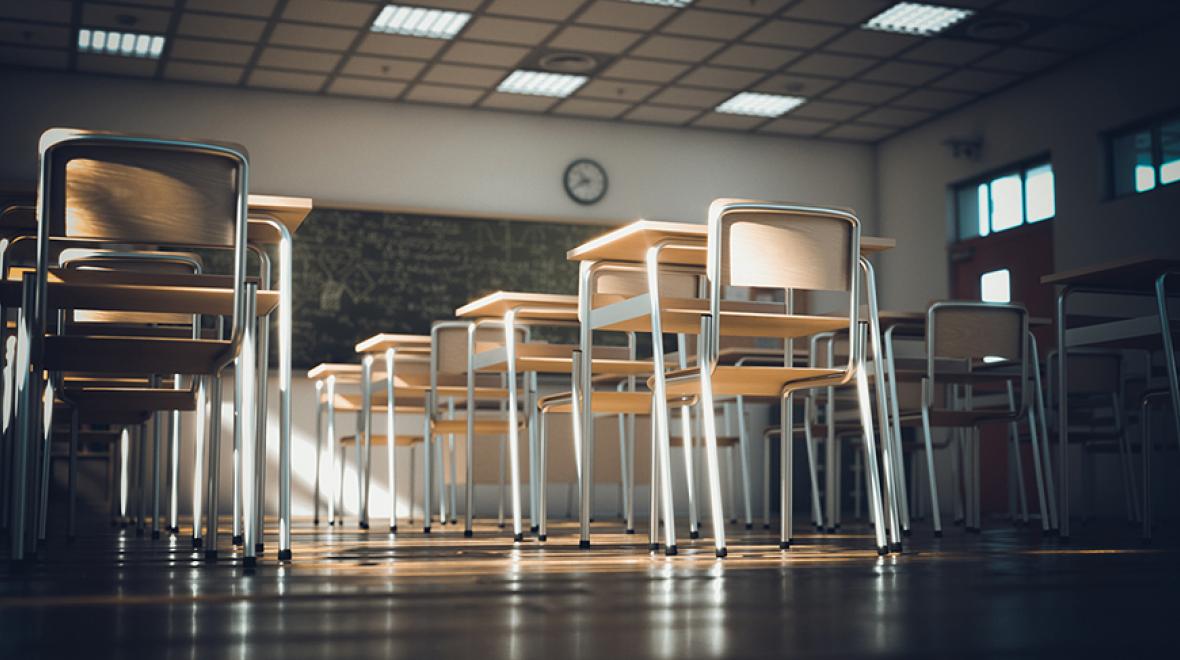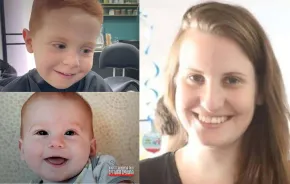
By Mark Jones, Ph.D., and Rabbi Jay Rosenbaum
Professor Edward Frye once taught that classroom teachers often make a classic mistake. They think that if they just get rid of the three worst troublemakers in the class, their classroom will be a paradise. What they find is that when they get rid of these three bad actors, three others take their place. No one questions the right of a teacher to discipline a student who is acting out. But, if the teacher has to throw out half of the class, then maybe it’s the class environment that needs to be changed.
Since the 1990s, our criminal justice system has been functioning like a school with a poor classroom management strategy. It has operated under the assumption that certain people are inherently bad actors, and that if we just get rid of them, lock them up and throw away the key, then we will be safe. The result is that the United States incarcerates exponentially more people than any other free society in the world.
The problem with “bad actor” thinking is that it is tends to mushroom. We start by dehumanizing the most marginal in society and we end up dehumanizing our next-door neighbor. Recently, a Tennessee parent suggested that school librarians who stock books that parents consider inappropriate for children be charged with a criminal offense. And, not long ago, a presidential candidate led a crowd in chanting “Lock her up!” in reference to his political rival. In a democratic nation, incarceration should be a last resort. But, in a society in which we have come to view half of our fellow citizens as criminal, incarceration seems like a reasonable first response.
That is why a year ago, a local multiracial grassroots group that includes Christians, Jews, Muslims, Buddhists and Quakers formed the Multifaith Coalition for Restorative Justice. Restorative justice offers an alternative to the “bad actor” mindset. It posits that when one person does harm, there is a tear in the fabric of the community. Of course, each of us individually is responsible for our own behavior. But none of us is an island. We live in communities. And our environment can set us up for moral success or moral failure. That’s why whenever harm is inflicted, it’s the community as a whole that must respond.
Sometimes the power of community emerges from unexpected places. Just ask Kimonti Carter, whose story is told compellingly in Gilda Sheppard’s film “Since I Been Down”. Kimonti joined a gang at the age of 11. He was sentenced to 770 years in prison for a crime he committed at age 18. By age 41, Kimonti had become an inspirational leader within the prison system. The program he initiated, TEACH [Taking Education and Creating History] has brought together incarcerated Black, Latino and even white supremacist men in the kind of interracial fellowship that has never existed anywhere in the Washington state prison system until now.
Had we met Kimonti at age 18, we might have dismissed him as a bad actor. And we would have had no idea of the person he was capable of becoming. What is the difference between the 18-year-old Kimonti and the 41-year-old Kimonti? Kimonti himself would tell us: “Community.” At age 11, Kimonti’s life was shaped by community conditions that made it almost inevitable that he would make poor decisions. But in prison, Kimonti was mentored by men in the Black Prisoners’ Caucus who saw in him qualities he hadn’t seen in himself. Through the nurturing of this positive community, Kimonti flourished and he went on to create a beloved community of his own.
But imagine how Kimonti’s life would have been different if he hadn’t had to wait until he entered prison to find the community conditions that would enable his fullest potential.
We cannot go back in time and provide the 11-year-old Kimonti with the kind of environment that would have given his life an entirely different trajectory. But we can help future Kimontis. As a community, we can cultivate the conditions that will make it less likely that future Kimontis will end up in prison in the first place. We can make it more likely that a person who goes to prison will transform his life for the better. And we can make it more likely that the people who are released from prison will succeed by creating a welcoming environment they can truly call home.
After serving 24 years, Kimonti was recently resentenced and released, and he has reentered society. It would be ironic, indeed, if, because we are so polarized, Kimonti found it hard to find the kind of supportive environment outside that he created in prison.
It is not too late for us. But we will not free ourselves of our addiction to locking each other up until we learn to stop locking each other out.
Mark Jones, Ph.D., and Rabbi Jay Rosenbaum are cofounders of Building Black and Jewish Beloved Community and members of the Multifaith Coalition for Restorative Justice.









